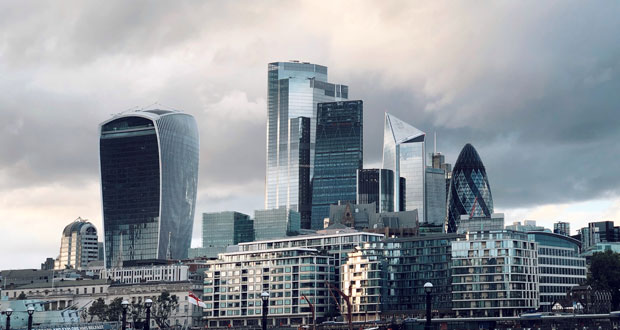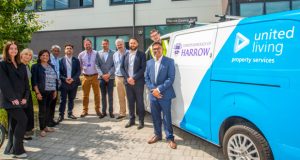Following an unprecedented downturn in activity as a result of the pandemic, the Central London Office leasing market is now seeing occupiers expanding their footprint at record levels, according to the latest research from CBRE.
Central London office take-up reached 12.7m sq ft for the 12-months to the end of Q2 2022, an increase of 153 per cent when compared to the same period last year and five per cent above the 10-year average, says the global real estate advisor.
Furthermore, CBRE’s data shows that for the 12 months to the end of Q2 2022, 43 deals completed at 100 per cent positive net absorption, equating to 2.3m sq ft. This is the highest level recorded for any 12-month period over the last eight years, demonstrating that expansion is still a priority for occupiers despite long-term changes in working practices.
The analysis also shows that for units over 20,000 sq ft, 68 deals were lease driven in the 12-month period between Q3 2021 and Q2 2022. Of these, 39 occupiers took more space than they previously occupied, showing that more occupiers are growing than contracting.
This increase in activity has been broad-based across the Central London market however at a submarket level, the West End has seen one of the swiftest recoveries across the major European office markets. Take-up soared to 4.9m sq ft, an increase of 149 per cent when compared the same period last year and a 24 per cent increase on the 10-year average. Activity has predominantly been driven by the banking and finance sector, with a focus on core markets such as St James’s and Mayfair. Take-up for the banking and finance sector to the end of Q2 2022 reached 1.4m sq ft, the highest level for any 12-month period ever recorded by CBRE.
Commenting on the data, Simon Brown, Head of Office Research, CBRE said: “This surge in demand shows us the true depth of the Central London office market. Despite an increase in hybrid working, demand for office space remains robust. Although many occupiers are using this opportunity to rationalise their estates, over the last year more deals have involved growth than contraction. The received wisdom is that hybrid working will significantly impact office demand. This data clearly challenges that narrative.”
While some personnel are finally returning to the office – the great majority of organisations (up to 83 per cent) anticipate a hybrid mix of on-premises and working from home to continue for the foreseeable future.
This means that when it comes to providing access to the workplace, where once it was simply enough to maintain a welcoming reception for visitors, organisations today must also keep a close eye on access permissions in real-time to keep buildings safe and secure while ensuring they comply with compliance.
Pitney Bowes Smart Access Management in association with FMJ has produced a new White Paper which explains how to create a welcoming, actively managed environment for authorised people.
It explains how new Smart Access Management™ (SAM) delivers a complete, real-time and data-driven view of all your people, visitors and contractors, to help give you greater control and visibility.
To download the white paper click here.





